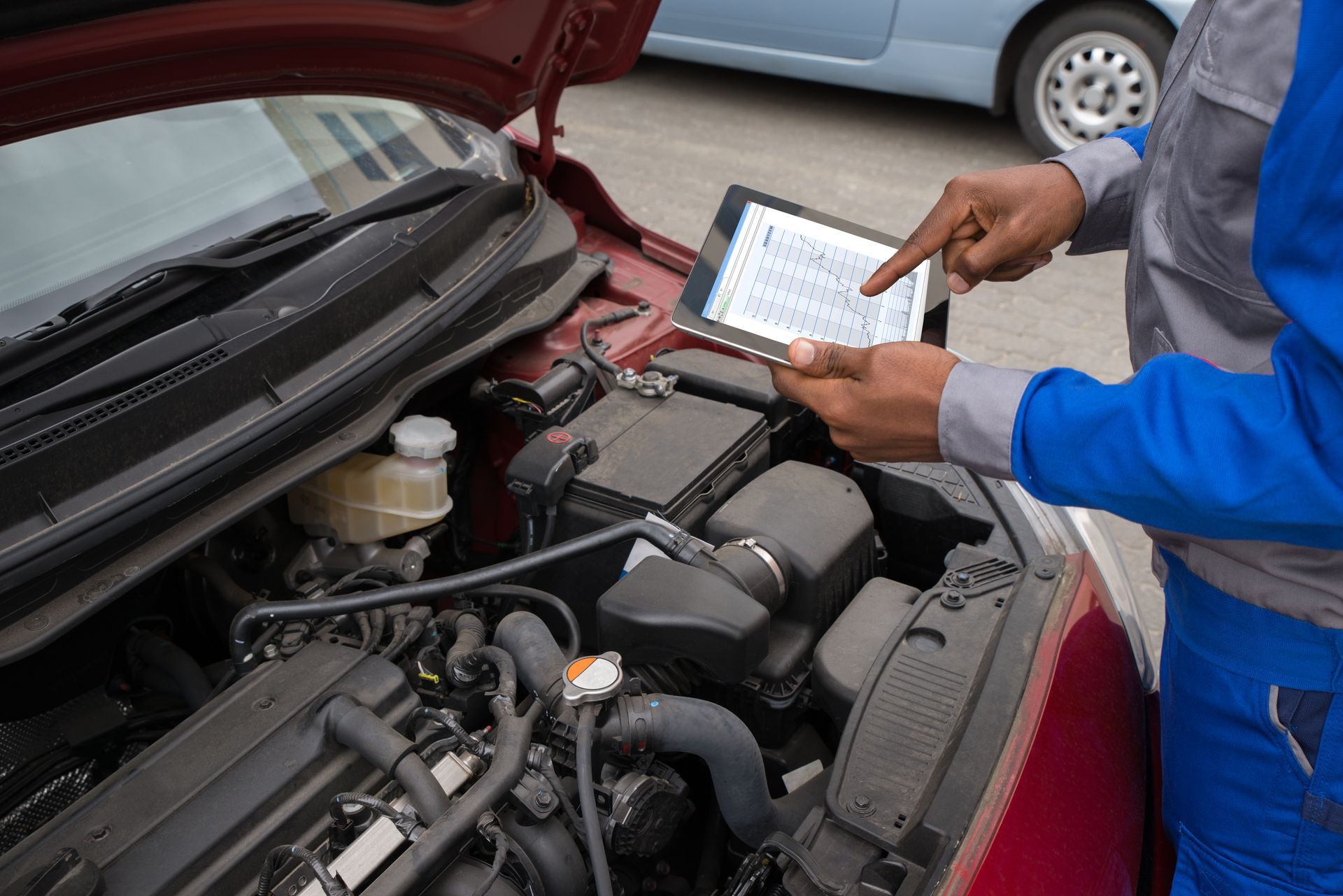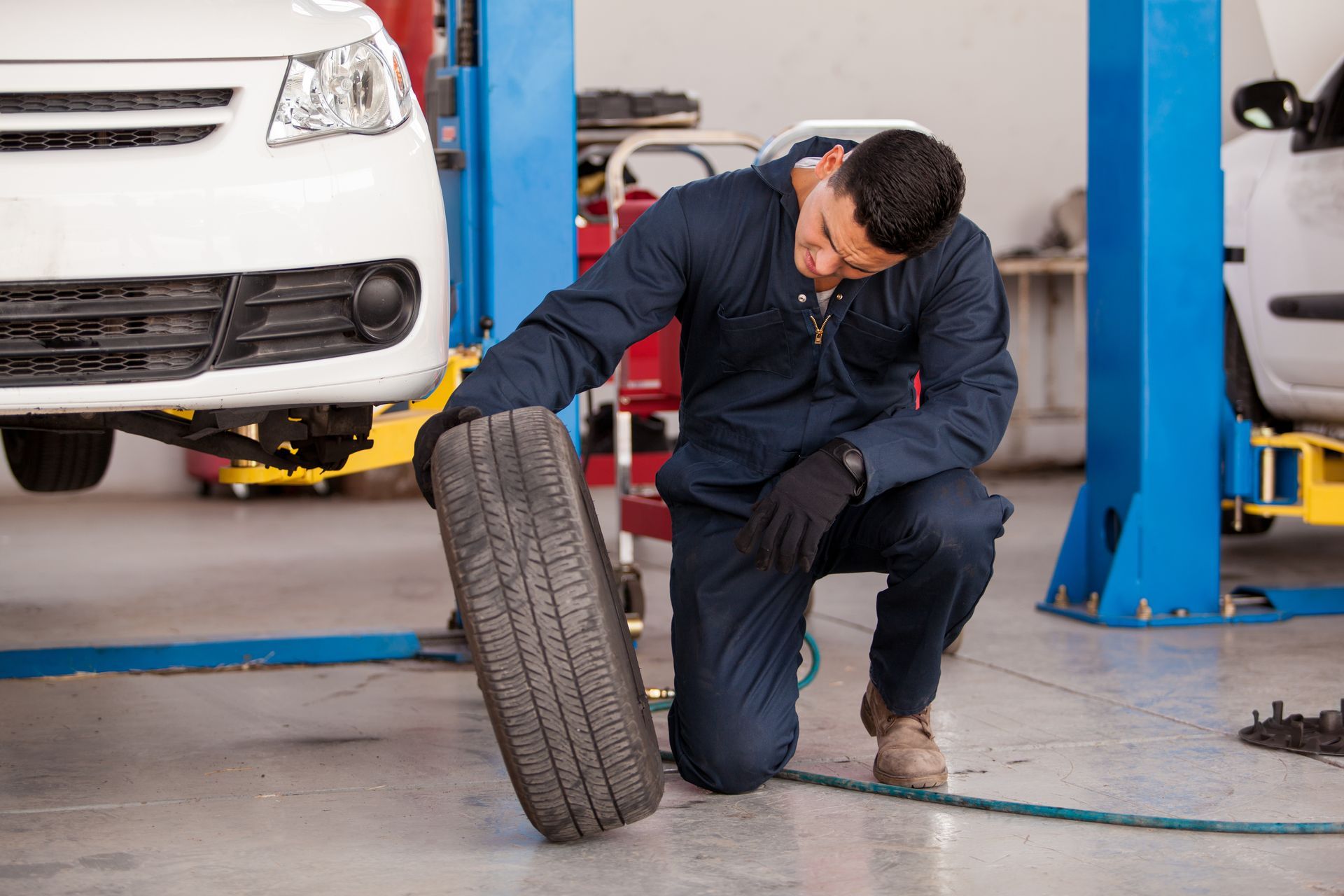Your power steering system is designed to make driving easier and smoother, especially at low speeds or when parking. It achieves this by utilizing hydraulic fluid or electric components to reduce the effort required to turn the steering wheel. But if there’s a leak in the system, that assistance can disappear, and the consequences go far beyond a heavy steering feel.
Ignoring a power steering fluid leak can lead to serious problems, including damage to the pump, steering rack, or other components. More importantly, it can affect your ability to control the vehicle safely.
What Causes Power Steering Leaks
Most vehicles with hydraulic power steering systems rely on a pump, hoses, and a reservoir filled with fluid. Over time, these parts can wear down, especially the rubber seals and hoses that carry the fluid.
Some common causes of leaks include:
- Cracked or brittle hoses due to age or heat exposure
- Worn-out seals inside the pump or steering rack
- Loose connections where hoses meet other components
- Damage from road debris or minor impacts
Even vehicles with electric-assist power steering may use fluid-assisted systems in some components, so leaks can still occur.
How to Spot a Power Steering Leak
One of the easiest ways to spot a leak is by checking under your vehicle. Power steering fluid typically has a reddish or amber color and a slightly sweet or burnt smell. If you see a puddle or streaks under the front of the car, especially near the driver's side, it’s worth investigating.
Other signs include:
- A whining or groaning noise when turning the wheel
- Difficulty steering, especially at low speeds
- Fluid levels in the reservoir dropping more quickly than normal
- A burning smell during or after driving
If any of these symptoms appear, it’s best not to wait. Continuing to drive with low power steering fluid can cause the pump to run dry, leading to overheating or complete failure.
Risks of Driving With a Leak
Some drivers think they can get by with topping off the fluid every few days, but this is a short-term patch, not a solution. Here’s what can happen if the leak isn’t fixed:
- Loss of steering assist: The steering wheel can suddenly become very hard to turn, especially when parking or making slow turns.
- Increased wear: Running the pump with low fluid causes excessive wear on internal components.
- Costly repairs: A leaking hose is inexpensive to replace, but if the pump or rack is damaged, the repair bill grows significantly.
- Safety concerns: A sudden loss of power steering assist while driving can make your vehicle much harder to control.
What starts as a small leak can lead to major safety issues and expensive repairs if left unchecked.
What to Do if You Suspect a Leak
If you think your car has a power steering leak, check the fluid level in the reservoir. If it’s low, add the manufacturer-recommended fluid, but avoid overfilling. Make note of how quickly the level drops, and don’t rely on topping it off as a long-term solution.
Have a professional technician inspect the system for the source of the leak. They’ll pressure test the lines, inspect the pump and rack, and check for damage to other related components. In most cases, fixing the problem early will cost far less than waiting until a more serious failure occurs.
Keep Your Steering Smooth With Service From Global Auto Care in Naples, FL
Your power steering system plays a vital role in the safety and handling of your vehicle. If you’re seeing fluid under your car or feeling resistance in your steering wheel, now is the time to act. We’ll diagnose the issue, make any needed repairs, and get you back on the road with confidence.
Call
Global Auto Care
in Naples, FL, today to schedule a power steering inspection and avoid bigger problems down the road.










